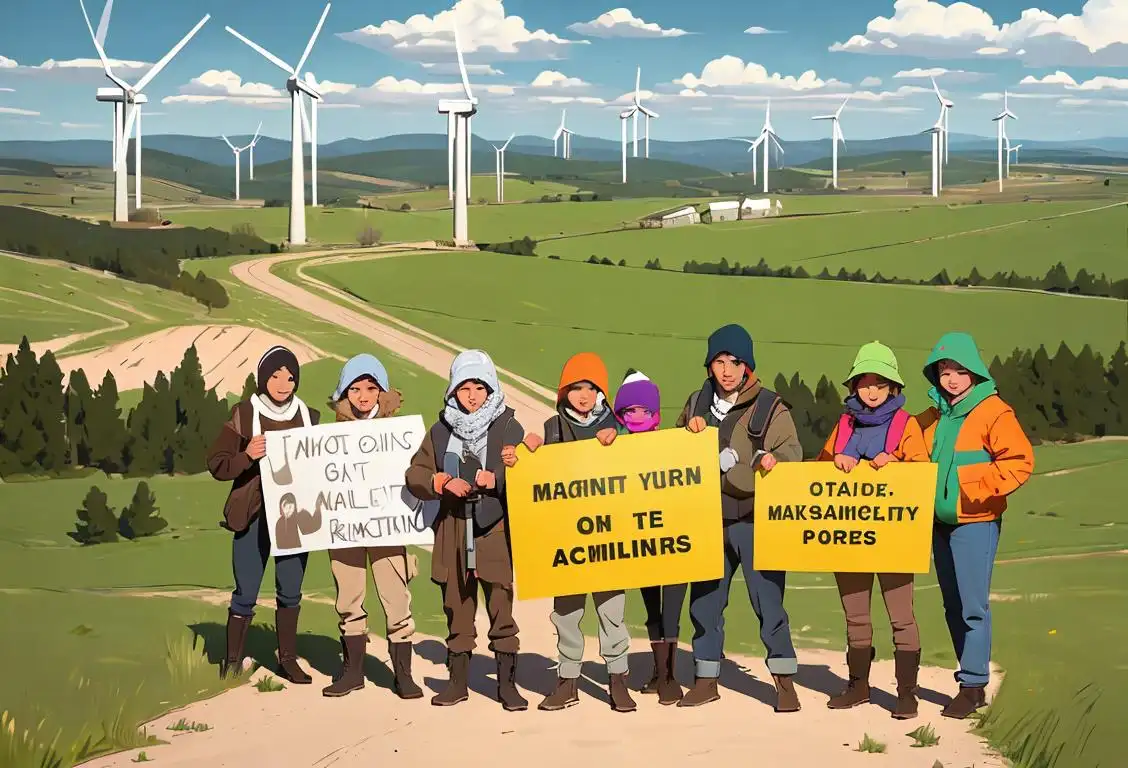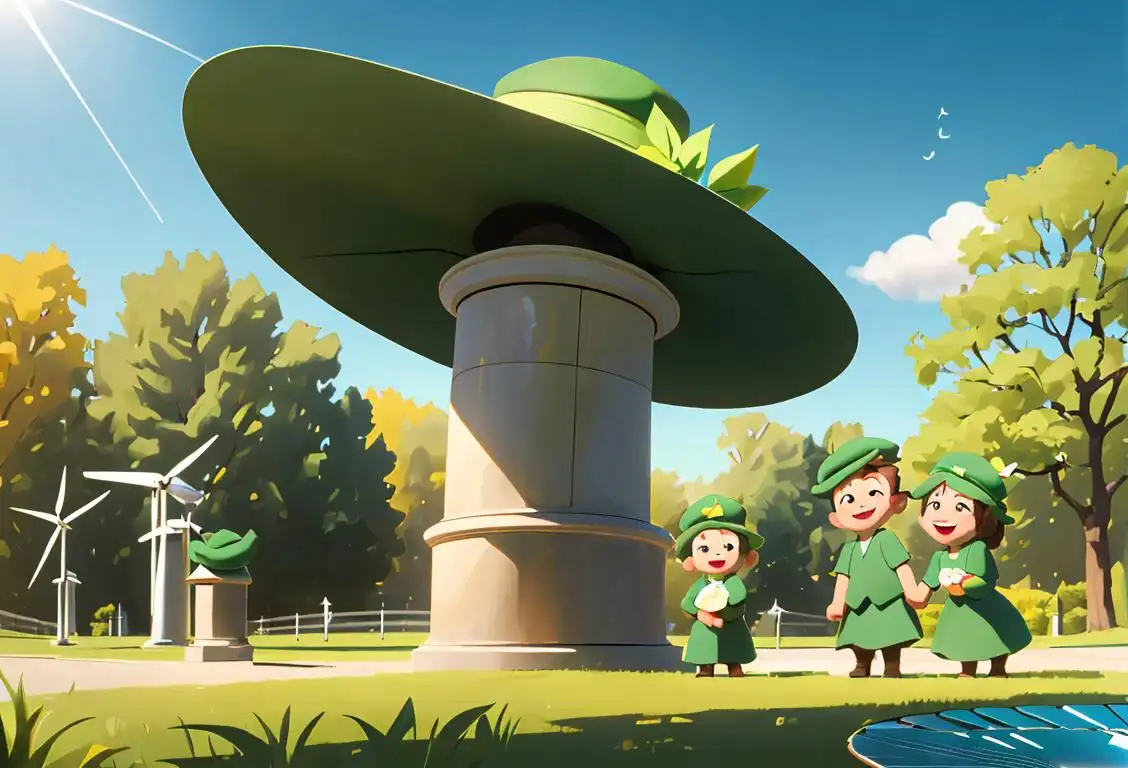National Geothermal Day

Hey there, geothermal enthusiasts! Get ready to dig into National Geothermal Day, a celebration that will heat up your passion for renewable energy. Whether you're a science geek or just someone who enjoys a good geothermal pun, this day is sure to leave you feeling volcanic with excitement. So, let's dive deep into the history, significance, and fun facts of National Geothermal Day!
When is Geothermal Day?
It's national geothermal day on the 6th November.
A Brief History of National Geothermal Day
Did you know that National Geothermal Day was first recognized on November 6, 2015? It erupted onto the scene, causing a seismic shift in the way we celebrate earth-friendly energy sources. Geothermal power, harnessed from the heat within the Earth, provides us with a renewable and sustainable alternative to traditional energy sources.
Geothermal energy has been used for centuries, with ancient civilizations utilizing hot springs for bathing and heating. However, it wasn't until the 20th century that geothermal power plants were developed to generate electricity, transforming geothermal energy into a major player in the energy industry.
The Significance of Geothermal Energy
Geothermal energy plays a vital role in reducing our carbon footprint and combating climate change. Unlike fossil fuels, geothermal energy is a clean and renewable energy source with minimal greenhouse gas emissions. It provides a steady and reliable source of power, even in the face of unpredictable weather conditions.
Not only is geothermal energy environmentally friendly, but it also has the potential to create jobs and boost local economies. Geothermal power plants require skilled workers for construction, operation, and maintenance, providing employment opportunities in geothermal-rich regions.
The Future of Geothermal Energy
As we look toward the future, geothermal energy holds immense promise for meeting our energy needs sustainably. Ongoing research and technological advancements aim to make geothermal power more accessible and cost-effective. With the potential to tap into the Earth's vast reservoir of heat, geothermal energy could become a game-changer in the fight against climate change.
Did You Know?
Did you know that the word 'geothermal' comes from the Greek words 'geo' (meaning 'earth') and 'therme' (meaning 'heat')? It's a fitting name for a power source that harnesses the Earth's natural warmth to bring clean and sustainable energy to our homes and industries.
History behind the term 'Geothermal'
1904
Discovery of Geothermal Energy
In 1904, Prince Piero Ginori Conti, an Italian engineer, drilled the world's first geothermal well in Larderello, Italy. This marked the discovery of geothermal energy, as the well tapped into a naturally occurring source of high-pressure steam. The steam was later used to power a small electrical generator.
1911
Harnessing Geothermal Power for Electricity
In 1911, the world's first geothermal power plant, called the Wairakei Power Station, was built in New Zealand. This marked a significant milestone in the utilization of geothermal energy for electricity generation. The power plant tapped into a geothermal reservoir beneath the Earth's surface and used the high-temperature steam to turn turbines and generate electricity.
1940s-1950s
Advances in Geothermal Technology
During the 1940s and 1950s, extensive research and development in geothermal technology took place. Engineers and scientists explored various techniques to extract heat from the Earth, including the use of closed-loop geothermal systems and binary power plants. These advances laid the foundation for future geothermal power projects and expanded the understanding of geothermal energy as a sustainable energy source.
1970s
Geothermal Energy as Renewable Resource
In the 1970s, the global energy crisis brought renewed attention to renewable energy sources. Geothermal energy emerged as a viable and sustainable alternative to fossil fuels. Governments and organizations worldwide began investing in geothermal power projects and research, leading to further advancements in exploration techniques, equipment efficiency, and environmental impact mitigation.
Present
Global Expansion of Geothermal Power
Today, geothermal power is a growing industry in many countries. Iceland is one of the leading nations in geothermal utilization, with a significant portion of its electricity coming from geothermal sources. Other countries, including the United States, Philippines, and Kenya, have also embraced geothermal energy and continue to develop new projects. Research and innovation in geothermal technology are ongoing, aiming to optimize efficiency, reduce costs, and further increase the share of renewable energy in the global energy mix.
Did you know?
The word 'geothermal' comes from the Greek words 'geo' and 'therme', meaning 'earth' and 'heat' respectively.Tagged
awareness technology environment energyFirst identified
19th October 2015Most mentioned on
6th November 2015Total mentions
100Other days
Geothermal Day
Hydrogen And Fuel Cell Day
Fracking Action Day
Renewable Energy Day
Battery Day
Alternative Fuel Vehicle Day
Hydrogen Day
Renewable Energy Target Has Passed The Senatea Sad Day
Tree Planting Day
Tree Day








